
‘Terminal B’ Group Show Curated By Plague At Smena, Kazan
Exhibition title: Terminal B
Dates: 7.12.22 — 19.2.23
Artists:
Andrei Beliaev, Evgeny Berezin, Vitaly Bezpalov, Ian Bruner, Michael Bussell, Arthur Golyakov, Egon Van Herreweghe, Miles Huston, Robert Khasanov, Taka Kono, KOTZ, Sasha Lemish, Stas Lobachevskiy, Yuri Otinov, PLAGUE, Pavel Polshchikov , Aurora Rodina, Zukhra Salakhova & Anastasia Yusypey, Ekaterina Serikova, Artem Silver, Daria Skripal, Anna Soz, Anna Taganzeva-Kobzeva, Nastya Vasileva, Vanya Venmer
Curator: PLAGUE
Venue: Smena, Kazan, Russia
Text: Sergey Guskov
Under the dome
N. opened her eyes and did not immediately realize where she was. Six or seven meters above her head she saw a mesh ceiling hiding pipes and wires. Was this some kind of office? Her back was stiff and her arms were cramped with cold. She struggled to her feet and sat up, her feet flat on the floor. Her bare feet—it was only now that she could feel the lack of shoes, socks, or stockings—footed against the roughly pile carpet. The place where she had to sleep was a gray metal bench mottled with small round holes. Not the most pleasant bed. She herself was wearing tight pants and a very light blouse. “That’s why I’m so cold,” N. thought.
Still stiff from sleep (or from intoxication?—there was no memory of the day before), she tried to concentrate and examine her surroundings. After a few minutes, which felt like hours, her eyes finally began to discern her surroundings. The bench on which she was sitting rested against a blank white wall, without any doors, windows, pictures, or stands. This barrier, slightly rounded, stretched for dozens of meters in either direction. Somewhere it was flanked by similar benches. “An airport?” a timid suggestion flashed through my head. However, turning her gaze to the main volume of the room N. immediately dismissed that option: “It looks more like a shopping center, after all.”
And indeed, a roomy wing with benches was separated by sparse, square-section columns from what was probably the main space, a huge nave. She could not see the roof, but the abundance of bright light and the general scale, as far as N. could estimate, hinted at its remoteness. Somewhere in the distance, the same angular columns could be seen, but it was impossible to see what was behind them—only semi-darkness. She tried to stand up. On her third try she succeeded. Her legs, petrified from long inactivity, refused to move. Staggering, risking to fall every minute and therefore balancing incongruously with half-bent arms, N. staggered to the columns. To walk five meters on the thorny pavement was a real torture. My head felt dizzy. Her body felt so heavy, as if it weighed three times as much as it actually did. In the end, my palm rested against the salvageable surface of a pillar.
Leaning against this rough pillar (covered in something like painted plaster, it was hard to tell more accurately), N. began to explore the building. The nave—“or is it a passageway?” she pondered frantically—did indeed turn out to be tall. Somewhere above it was crowned by a glass ceiling, through which the sunlight poured, but the light itself was not visible. On both sides of the main room were several floors, where behind the columns were some kind of galleries. With surprise N. discovered that she was—she determined approximately—on the third floor, above which there were at least four more galleries of the same kind, if of course the opposite wing was identical to this one. In front of the columns was an area of a kind of balconies, they stretched along the walls of the nave, joining into concentric structures, between which in turn there were connecting links—elevators and escalators. The latter were turned off everywhere. She grinned bitterly, “Maybe I’m in Dante’s inferno.”
Throughout its history, humanity has been continually lost. Deprived of familiar systems of coordinates. It discovers that old maps no longer describe the new world, and conventional language does not convey not only nuances but even basic concepts in changed circumstances. The permanent collapse of the basics has become truly traditional, even though each time it causes thousands or millions of the world’s inhabitants a holy terror and a desire to return things to the way they used to be.
But this protective impulse is soon enough extinguished by a wave of historical amnesia. People really have forgotten more than they remember. The chronology of mankind, if you look at it carefully, records more losses than gains. And this is not so much a problem as a way of purifying, mining or, to use another metaphor, cutting a precious stone. The cutter removes the extra layers that previous generations naturally held dear. But already the new generations see the beautiful sparkling crystal. And then it all repeats itself.
With a jerk, N. too briskly rushed to the balcony railing. There was no carpeting, just a clean smooth floor. She realized the haste of her actions rather late. Her legs, which had already disobeyed her, had gone to pieces on the slippery surface. N. almost fell, hitting her left knee and forehead hard on the barrier, with its metal railing and plate of thick glass. “At least I didn’t fly off the balcony,” this self-consolation didn’t reassure her at all. Straightening up, she looked around. Yes, this was the third floor. N. had identified it accurately. But what did it matter, now that she had a view of the bottom of the funnel. There were about three fountains turned off, a myriad of pots with a variety of plants (all seemingly artificial), several, presumably, information desks, some stalls, stands, ATMs, chairs and benches… However, an emptiness ruled over everything. “More like purgatory,” she stated, unhappily.
No soul, no sound, no movement. Even above the glass dome of the building, no matter how much she tried to peer, no birds flew over, no clouds floated over, no airplanes flew over, no condensation marks either. It seemed that there was no light except that which came from the invisible sun (does it exist, maybe it was an illusion?). N. decided to go downstairs to get a better look at the central area, and on the way down, to poke around in the galleries and on the floors. By the time this plan had taken shape in her mind, her limbs were suddenly alive and her vision had returned to normal. Yes, and the morass was gone from her mind. She was ready to figure it out and get the hell out of this scary place. A certain difficulty, though, was that N. had no idea what her name was, or how old she was, or who she was. It was as if her brain was blocking any attempt at self-identification. “It’s strange, I understand how things work around here—what is needed for what,” N pondered, “But knowledge about myself, with which, in principle, all knowledge about the world begins, I am completely absent. How is that possible?”
She walked quickly and confidently along the railing of the balcony toward the turned off escalator. On her way she noticed something she had missed at first. There were more than just benches in the gallery where N. woke up. From her new position she could also see the doors—the same white as the walls, slightly recessed, without relief. There were no signs of any kind. There were no handles either. Next to each door there was an electronic key terminal embedded in the wall. She went to one of them and pressed with all her weight. The door wouldn’t budge. She knocked—no reaction from the other side. She felt around and inspected the terminal: it didn’t seem to be working at all, there were no lights on it. Disappointed, N. returned to her basic plan and went to the escalator.
She hoped that the escalator would start working as she approached. The motion sensors stood half a meter away from the escalator belt and were perfectly visible from afar. But the mechanical staircase did not move. N. cursed. The legs certainly came to their senses, but the general fatigue was still felt. She wanted to save her strength as much as possible. After all, there was no telling what awaited her next. She descended the rubber covered steps with peculiar grooves and came to the second floor. Here the gallery looked different: There were stores. Clothed mannequins stood in a row of shop windows, and accessories rested on small pedestals. But the lights in the sales halls were not on; it was completely dark, as if the world was ending in this gloom. The doors, as N. immediately assumed, were locked. She had the mischievous idea of smashing the window pane, but there was no suitable object to carry out this daring plan.
The epiphany begins with the realization that the surface is continuous. There are no gaps or pores, crevices or secret passages. The surface is impenetrable. Moreover, there is nothing underneath, even though common sense, experience, and cultural tradition claim otherwise. But this is not evidence of emptiness, but rather of concentration and fullness. There is so much matter that it gives nothing to do with itself. Matter demonstrates its power.
Objects do not reveal secrets, do not preach truths, do not confirm the long-known or suggest the new. They are enclosed in themselves and content with that state. The assumptions and speculations with which we want to reward the objects we encounter hit them and fly off in different directions. Words do not permit a description of these objects. On the contrary, speech acquires the property of objects, becomes heavy and ceases to mean anything.
It was necessary to go lower. Having run down another non-functioning escalator, N. finally found herself at the bottom of the well-shaped building. Here she literally burst out even stronger curses than before. Once again she was not mistaken. Yes, the plants in the tubs were artificial. Thuja trees, ficuses, palms, and some other trees and shrubs whose names N. could not remember, though she recognized the outlines of the leaves and the shapes of the inflorescences. The fountains looked as if they had never been filled with water. The ATMs seemed like solid chunks of substance—not that there was any money, no mechanism in them, most likely. At least, that was the first thing that occurred to her when she saw them up close. The stalls, which were supposed to sell food (the strange logos and inscriptions made it impossible to ascertain their meaning), were too sterile. And there was simply no dust, no dirt, no smudges, and no cracks anywhere that N. had noticed since waking up.
The information desks were empty. She went over to one of them and wanted to use the microphone to announce her presence over the loudspeakers—in case there was someone else here besides her. She pressed the corresponding button, but there was no effect. N. looked under the desk for instructions, diagrams, or forgotten personal belongings of employees, but found nothing. “What on earth is a dollhouse?” there was a sense of gallows humor in that assumption of hers. The situation was indeed stalemate. Fear, however, she did not feel—more like anger. Not at all angry, N. rushed to the huge doors at the far end of the hall. It was probably the main entrance and, more importantly, the exit to the building. She did not crash her shoulder into the door, but stopped at arm’s length. She tried to push the handle. It seemed to give way, but the door would not open. N.’s nerves gave out: she started to sharply pull the handle. There was no result.
N. froze. “This is the end,” she thought. Although she did not feel hunger yet, she should expect it soon. N. was a hundred percent sure of that. Considering how undead everything here appeared to be, it wouldn’t be possible to survive in this space for more than a couple of days. Not even water in any form: the fountains were dry, the plants and vending machines were fake, the toilets were locked, as were all the other rooms. She began to look around the hall frantically, looking for some sort of solution.
What caught her eye, however, was not what she expected to find. In an unsightly and inconspicuous niche in the wall, to the left of N., on a small pedestal under glass stood an architectural model. She pieced together all the available data and conjecture and realized—it was a model of this very building. Cautiously approaching it, N. saw that the outside of the structure had the shape of a flattened egg or a water-cut stone. It was topped by a glass dome. Not fully aware of her actions, she instinctively reached for the top of the display case. The glass gave way. For the first time it was possible to take something apart here. N. rejoiced. Putting the display case aside, she leaned toward the layout. Inside, she saw balconies, floors. Suddenly she noticed: a tiny dot was flitting around in the depths of the model. “What? I don’t understand,” N. was perplexed. And then the lights went out.
It is impossible to look beneath the surface. It is impossible to uncover the mysteries of things. To see the world, hidden by the work of oblivion for several millennia, is also, by and large, impossible. Everything we inherited from our ancestors and create with our own strength is protected from our own interference. Even what people plan to erect in the future is hidden from their total scrutiny. Things always go wrong as they are intended. The ends float, the means change, and the outcome is totally unpredictable.


Exhibition view

Sasha Lemish, “99% of foods”, 2022

Sasha Lemish, “99% of foods”, 2022

Sasha Lemish, “99% of foods”, 2022

Sasha Lemish, “99% of foods”, 2022

Sasha Lemish, “99% of foods”, 2022

Exhibition view

K.O.T.Z., “Mäd X lead the new time”, 2022

K.O.T.Z., “Mäd X lead the new time”, 2022
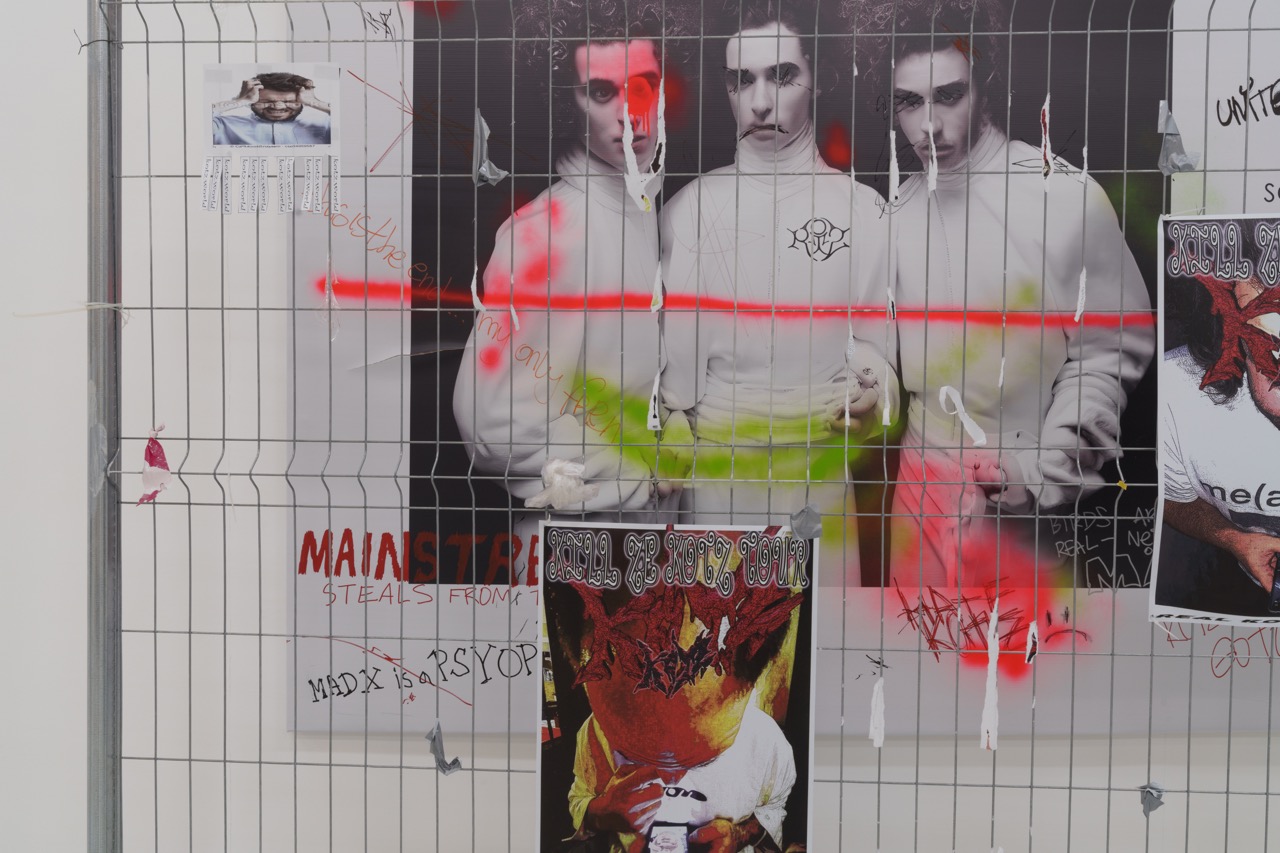
K.O.T.Z., “Mäd X lead the new time”, 2022
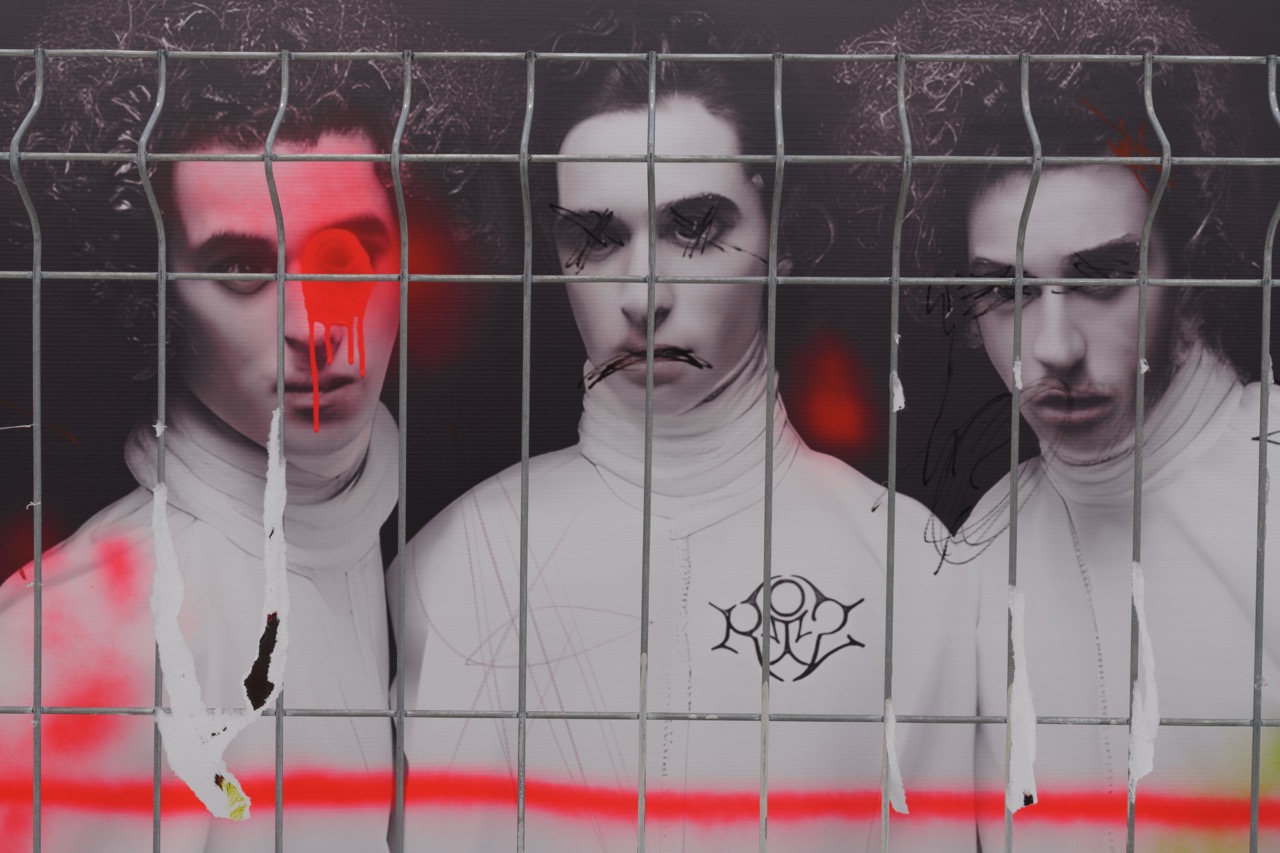
K.O.T.Z., “Mäd X lead the new time”, 2022

K.O.T.Z., “Mäd X lead the new time”, 2022

K.O.T.Z., “Mäd X lead the new time”, 2022

K.O.T.Z., “Mäd X lead the new time”, 2022

K.O.T.Z., “Mäd X lead the new time”, 2022

K.O.T.Z., “Mäd X lead the new time”, 2022

K.O.T.Z., “Mäd X lead the new time”, 2022

K.O.T.Z., “Mäd X lead the new time”, 2022

K.O.T.Z., “Mäd X lead the new time”, 2022

K.O.T.Z., “Mäd X lead the new time”, 2022

K.O.T.Z., “Mäd X lead the new time”, 2022
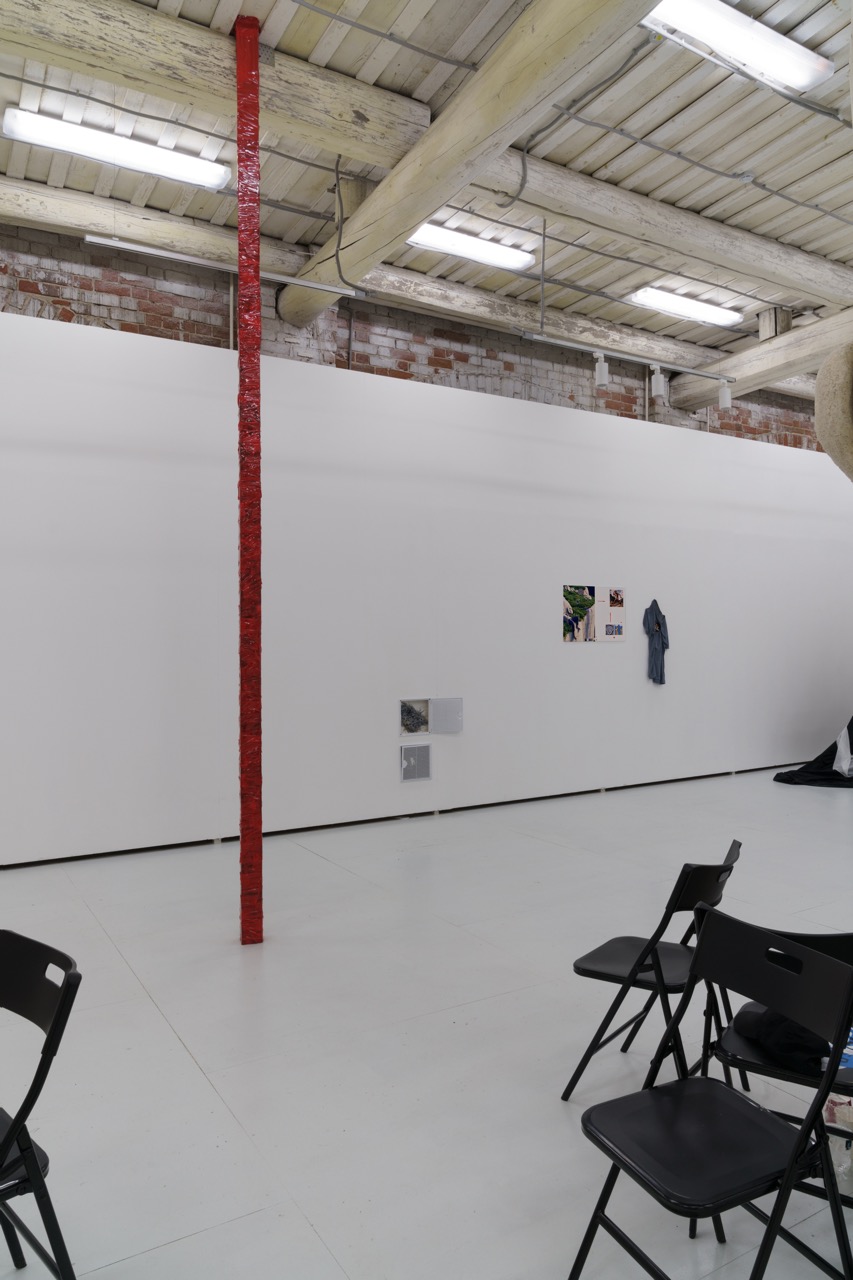
Exhibition view

Vitaly Bezpalov, “The Column II”, 2022

Vitaly Bezpalov, “The Column II”, 2022

Vitaly Bezpalov, “The Column II”, 2022

Exhibition view

Exhibition view

Yuri Otinov, “The spacecraft Rotten Chicken”, 2022

Yuri Otinov, “The spacecraft Rotten Chicken”, 2022

Yuri Otinov, “The spacecraft Rotten Chicken”, 2022

Yuri Otinov, “The spacecraft Rotten Chicken”, 2022

Ian Bruner, “active sleeper”, 2022

Ian Bruner, “active sleeper”, 2022

Ian Bruner, “active sleeper”, 2022
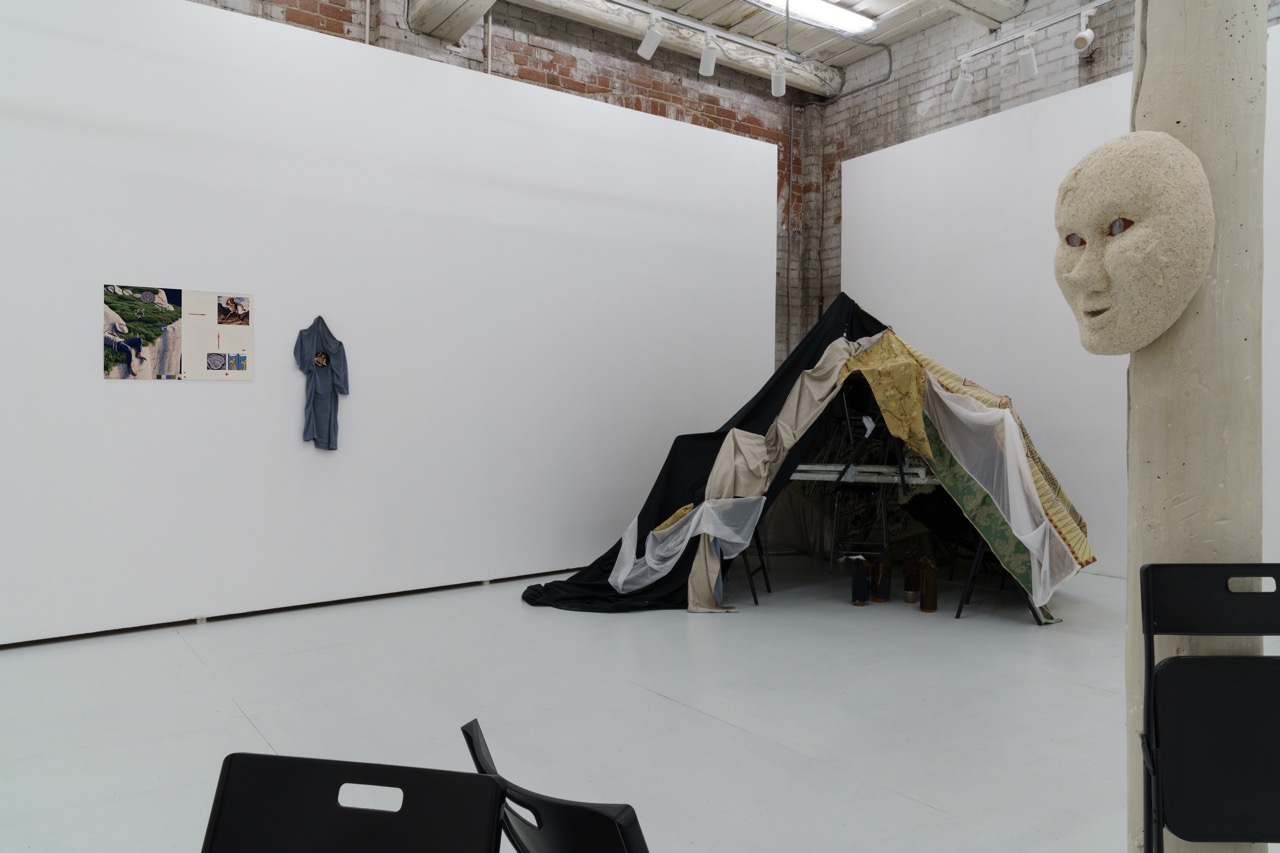
Exhibition view

Anna Tagsnzeva-Kobzeva, “Mask”, 2022

Anna Tagsnzeva-Kobzeva, “Mask”, 2022

Anna Tagsnzeva-Kobzeva, “Mask”, 2022

Anastasia Yusypey, “Port Protection”, 2022

Anastasia Yusypey, “Port Protection”, 2022

Anastasia Yusypey, “Port Protection”, 2022

Anastasia Yusypey, “Port Protection”, 2022

Anastasia Yusypey, “Port Protection”, 2022

Zukhra Salakhova, “you will never be alone”, 2022

Zukhra Salakhova, “you will never be alone”, 2022
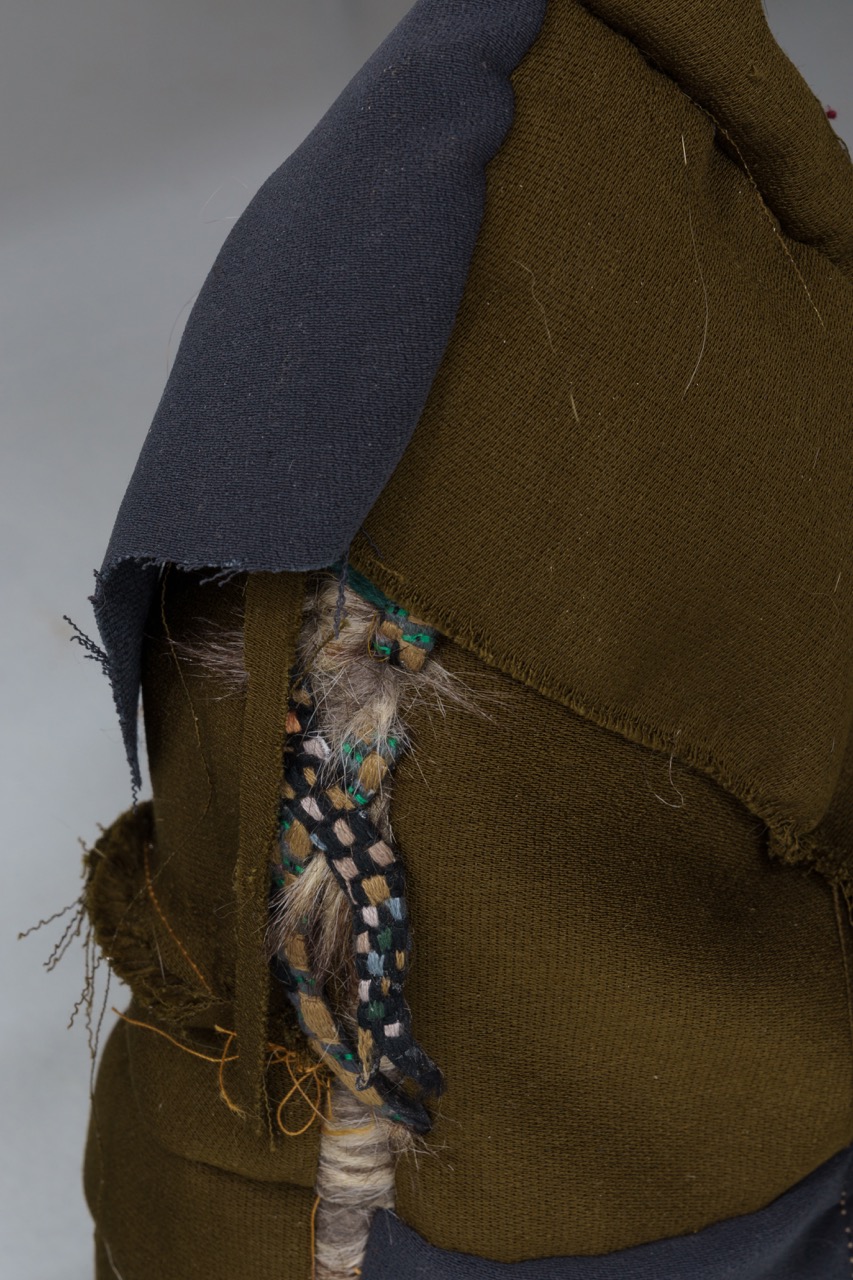
Zukhra Salakhova, “you will never be alone”, 2022

Zukhra Salakhova, “you will never be alone”, 2022

Zukhra Salakhova, “you will never be alone”, 2022

Stas Lobachevskiy, “Reaching out back”, 2019-2022

Stas Lobachevskiy, ”Reaching out back”, 2019-2022

Stas Lobachevskiy, “Reaching out back”, 2019-2022

Stas Lobachevskiy, “Reaching out back”, 2019-2022

Exhibition view

Exhibition view

Anna Tagsnzeva-Kobzeva, “Mask”, 2022

Anna Tagsnzeva-Kobzeva, “Mask”, 2022

Anna Tagsnzeva-Kobzeva, “Mask”, 2022

Andrei Beliaev, “Wet hamburger”, 2022

Andrei Beliaev, “Wet hamburger”, 2022

Ekaterina Serikova, “I’ll check whether my guardian angel drowned in beer”, 2022

Ekaterina Serikova, “I’ll check whether my guardian angel drowned in beer”, 2022

Ekaterina Serikova, “I’ll check whether my guardian angel drowned in beer”, 2022
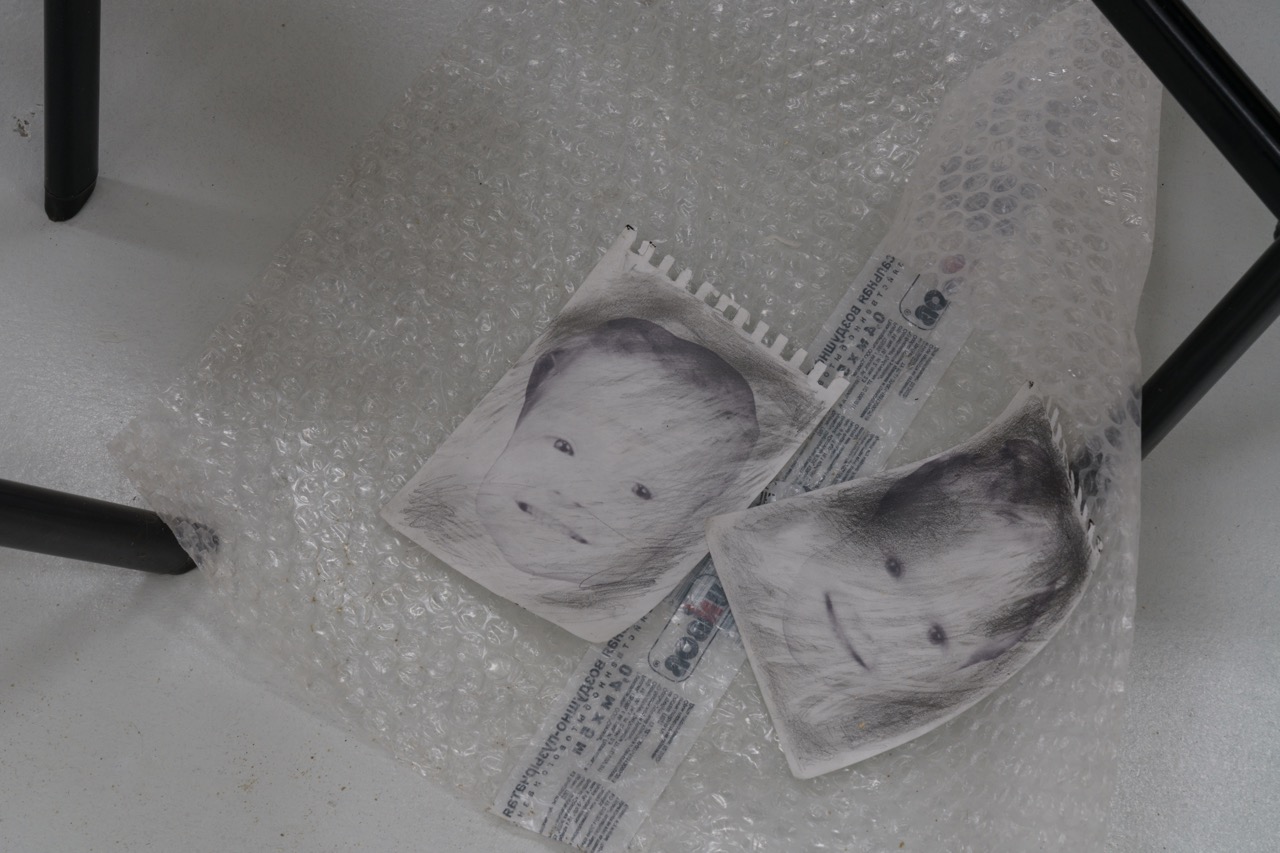
Ekaterina Serikova, “I’ll check whether my guardian angel drowned in beer”, 2022

Exhibition view

Exhibition view

PLAGUE, “Art is art”, 2022

PLAGUE, “Art is art”, 2022

PLAGUE, “Art is art”, 2022

PLAGUE, “Art is art”, 2022

Daria Skripal, “to exit”, 2022

Daria Skripal, “to exit”, 2022
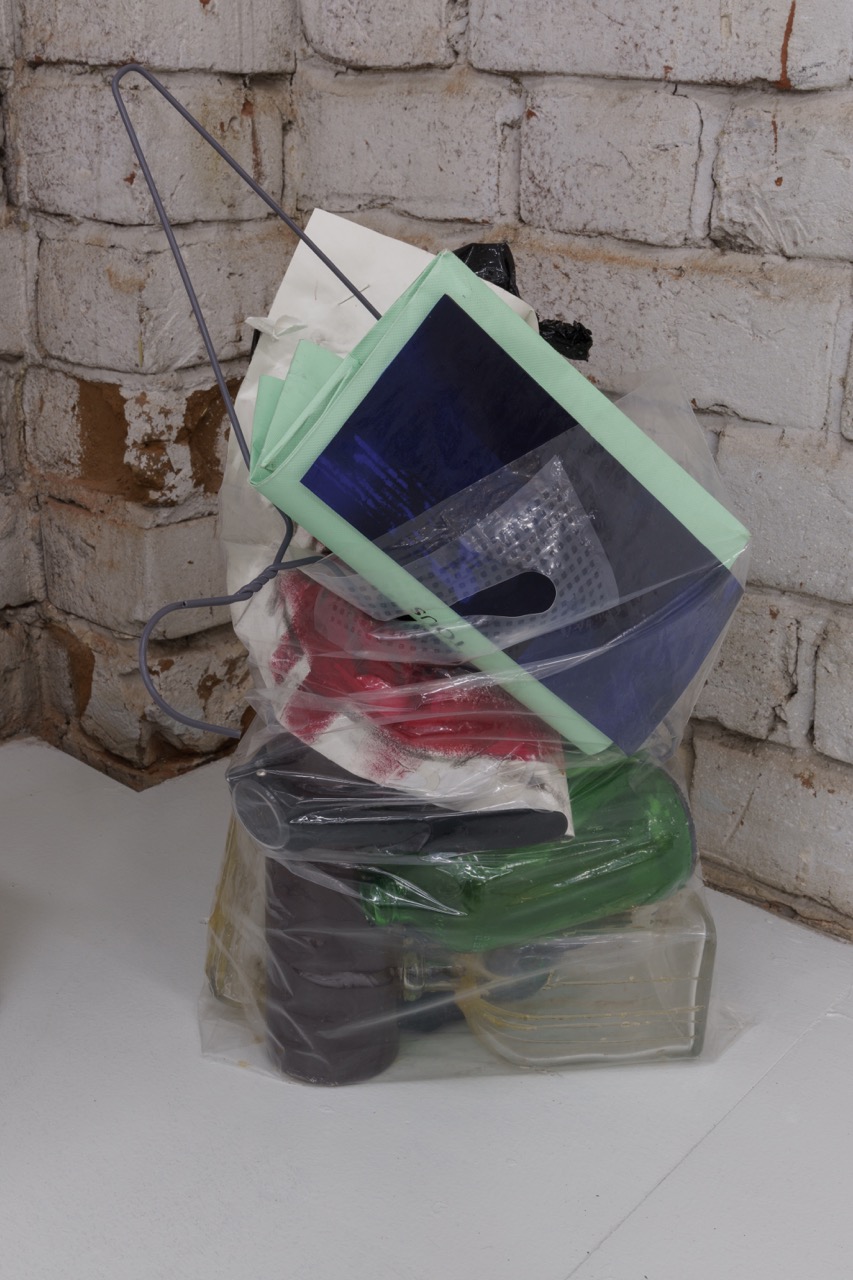
Daria Skripal, “to exit”, 2022

Daria Skripal, “to exit”, 2022

Exhibition view

Artem Silvestrov, “BIOS-4”, 2022
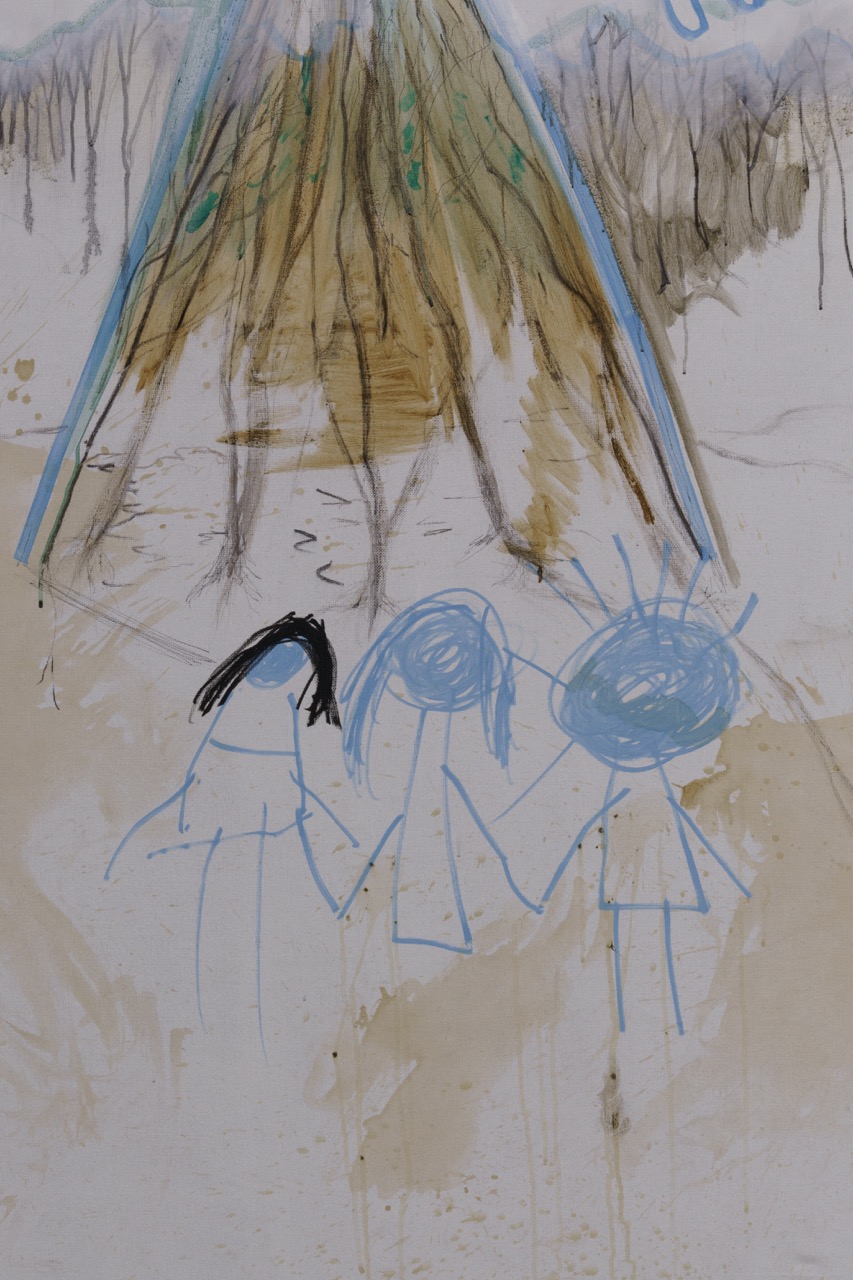
Artem Silvestrov, “BIOS-4”, 2022

Artem Silvestrov, “BIOS-4”, 2022

Artem Silvestrov, “BIOS-4”, 2022

Artem Silvestrov, “BIOS-4”, 2022

Artem Silvestrov, “BIOS-4”, 2022

Artem Silvestrov, “BIOS-4”, 2022

Artem Silvestrov, “BIOS-4”, 2022

Artem Silvestrov, “BIOS-4”, 2022

Artem Silvestrov, “BIOS-4”, 2022
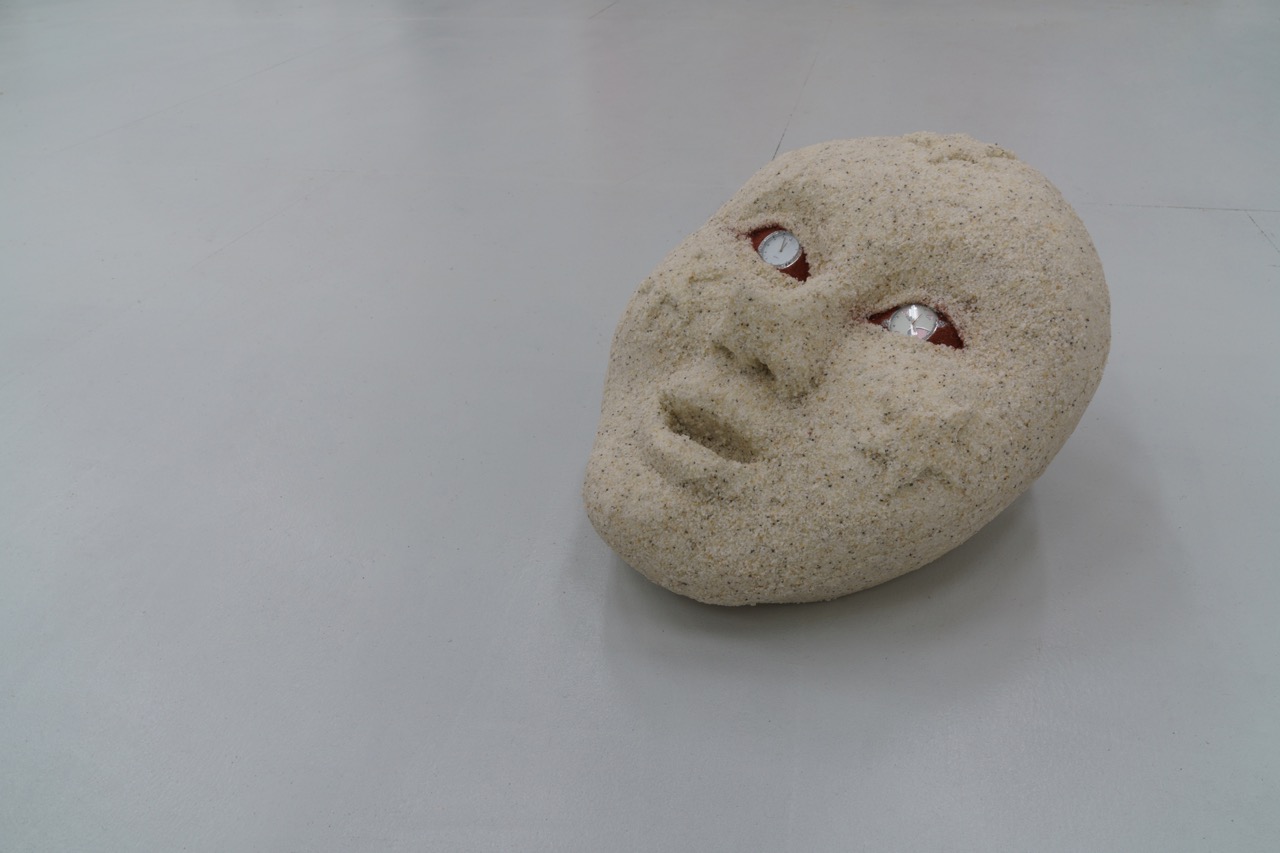
Anna Tagsnzeva-Kobzeva, “Mask”, 2022

Anna Tagsnzeva-Kobzeva, “Mask”, 2022

Anna Tagsnzeva-Kobzeva, “Mask”, 2022

Exhibition view
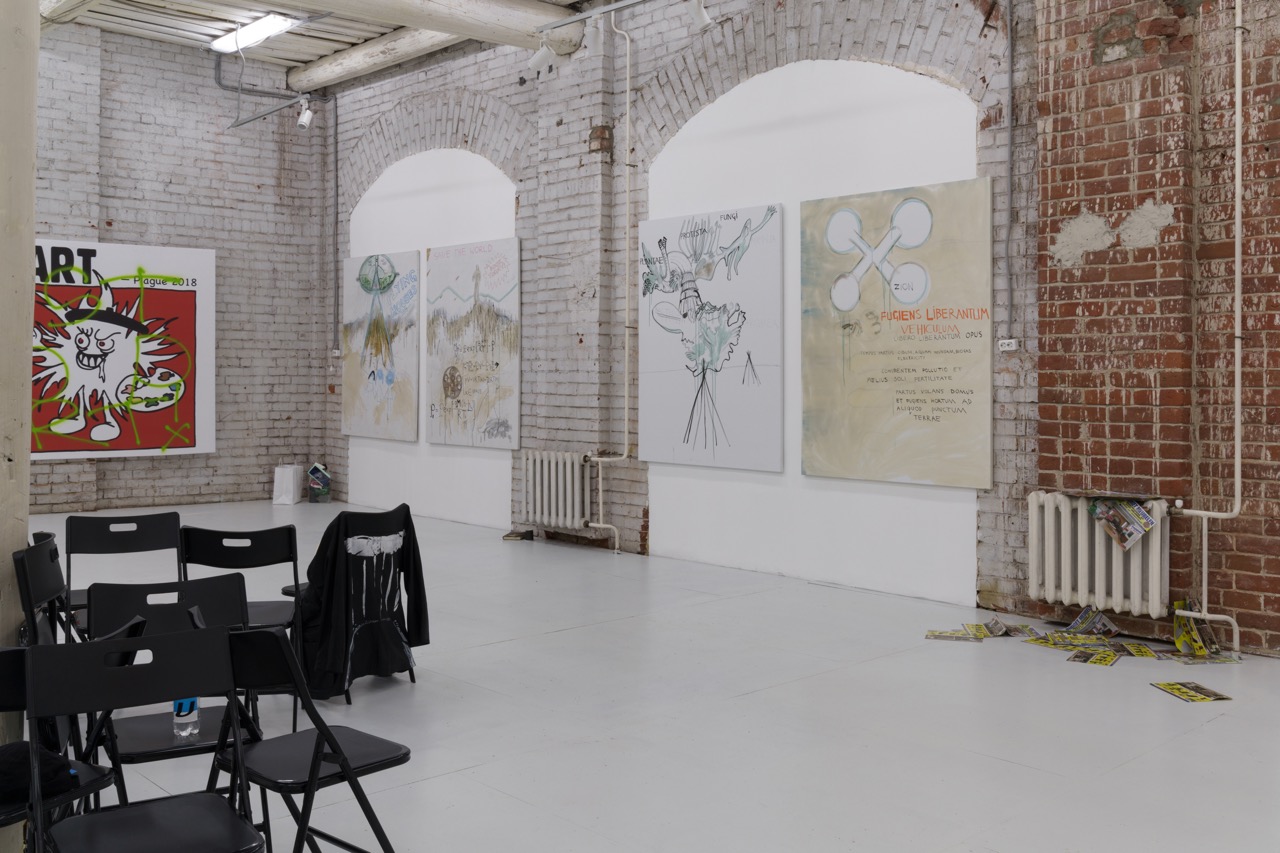
Exhibition view

Exhibition view

Egon Van Herreweghe, “Furniture folder”, 2020

Egon Van Herreweghe, “Furniture folder”, 2020

Egon Van Herreweghe, “Furniture folder”, 2020

Exhibition view

Vanya Venmer, “Unbanned”, 2022
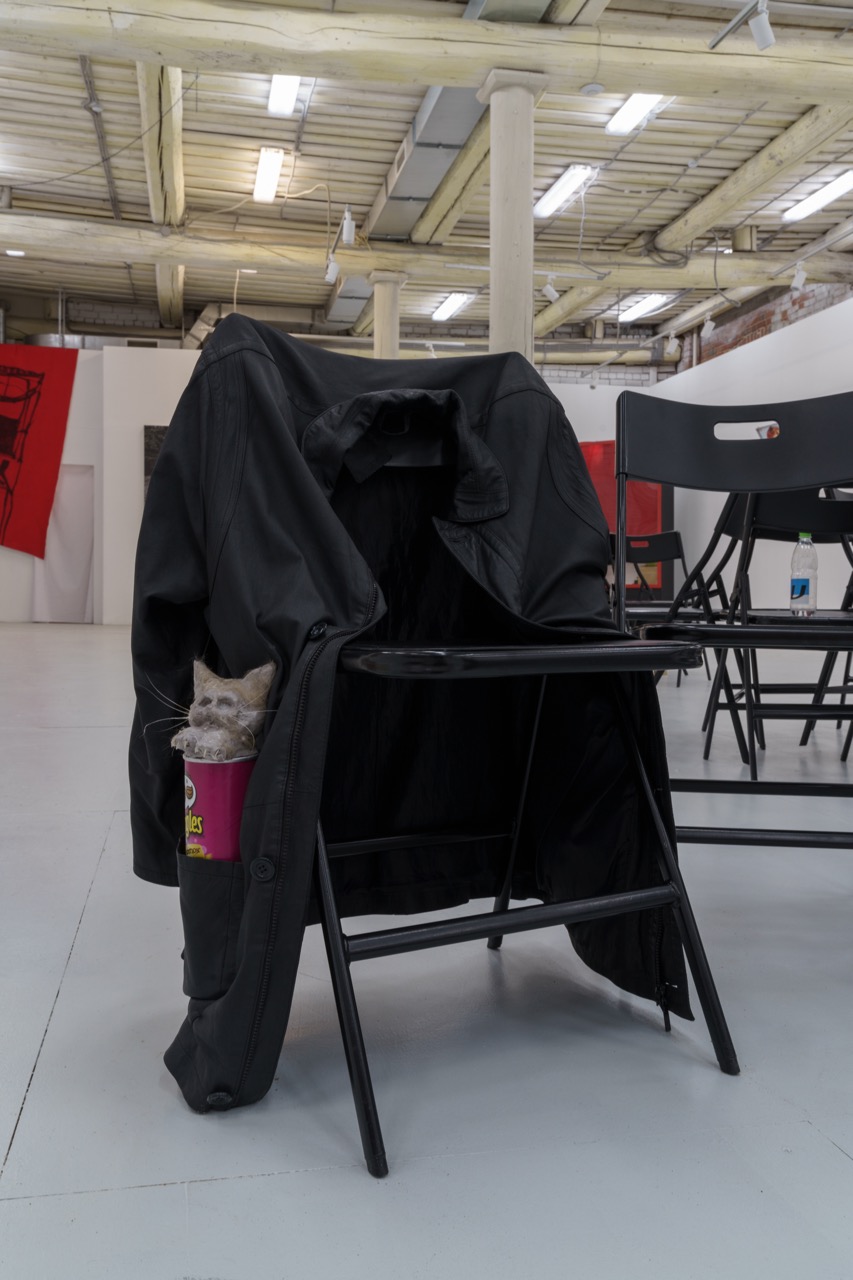
Vanya Venmer, “Unbanned”, 2022

Vanya Venmer, “Unbanned”, 2022

Vanya Venmer, “Unbanned”, 2022

Vanya Venmer, “Unbanned”, 2022

Exhibition view
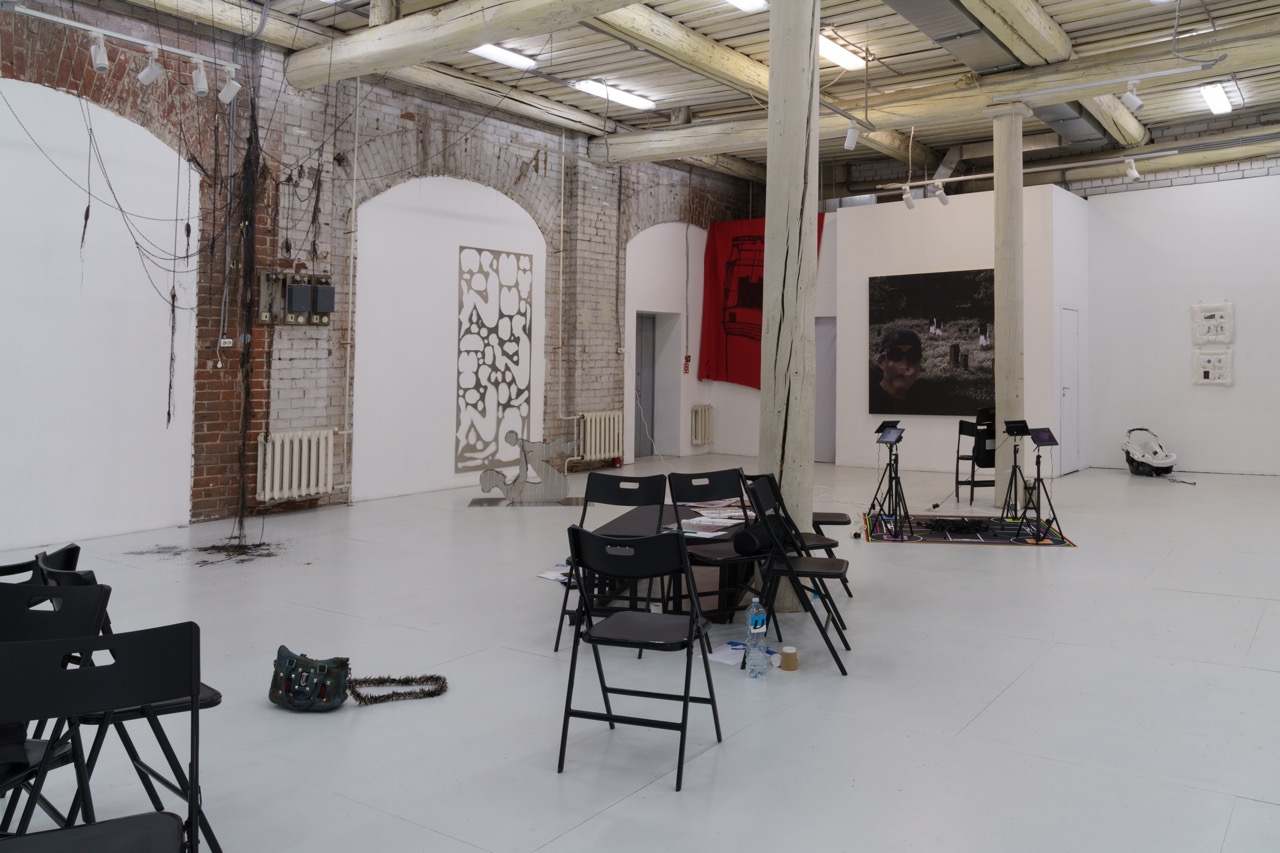
Exhibition view

Evgeny Bereziniv, “Hope this helps”, 2022

Evgeny Bereziniv, “Hope this helps”, 2022

Evgeny Bereziniv, “Hope this helps”, 2022

Evgeny Bereziniv, “Hope this helps”, 2022

Exhibition view

Nastya Vasileva, “GAP005”, 2019 (installation version 2022)

Nastya Vasileva, “GAP005”, 2019 (installation version 2022)
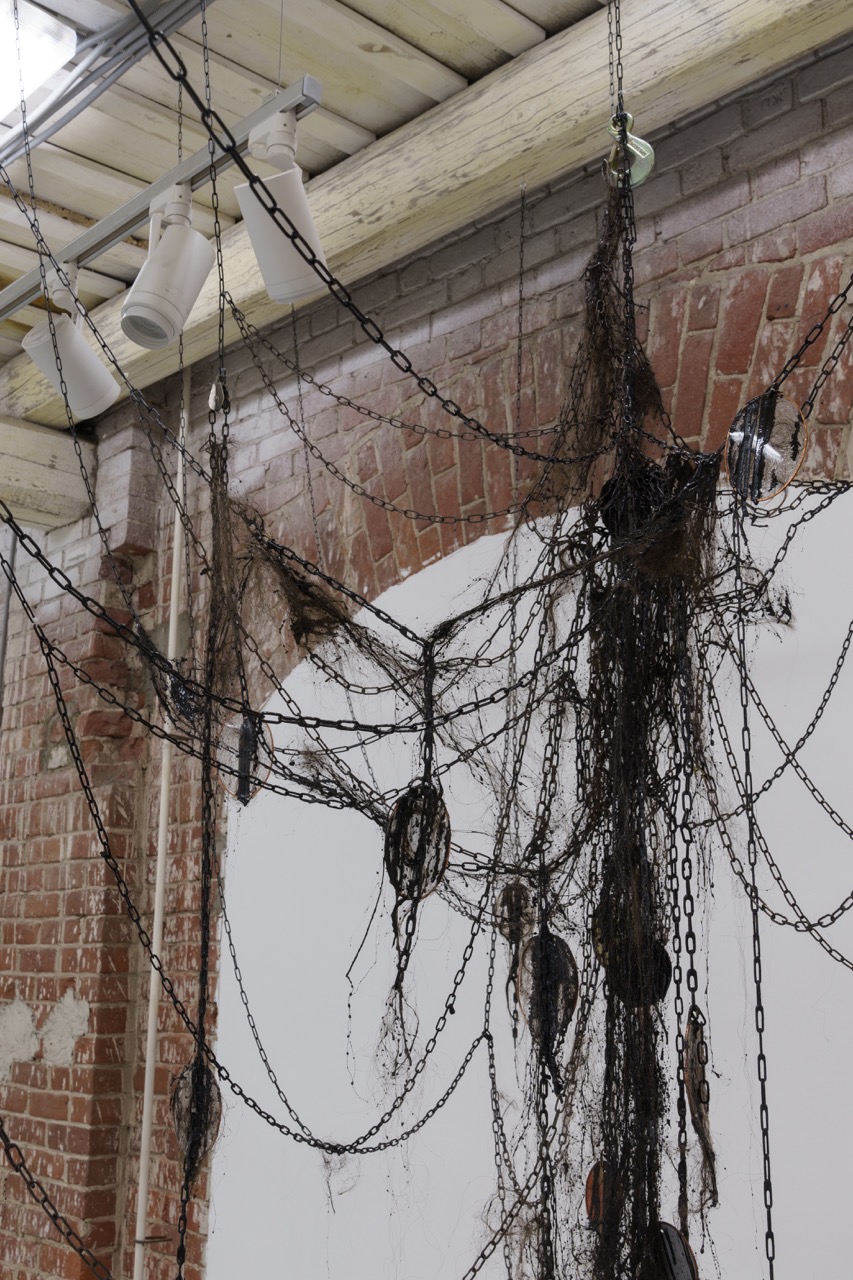
Nastya Vasileva, “GAP005”, 2019 (installation version 2022)

Nastya Vasileva,“GAP005”, 2019 (installation version 2022)

Nastya Vasileva, “GAP005”, 2019 (installation version 2022)

Nastya Vasileva, “GAP005”, 2019 (installation version 2022)
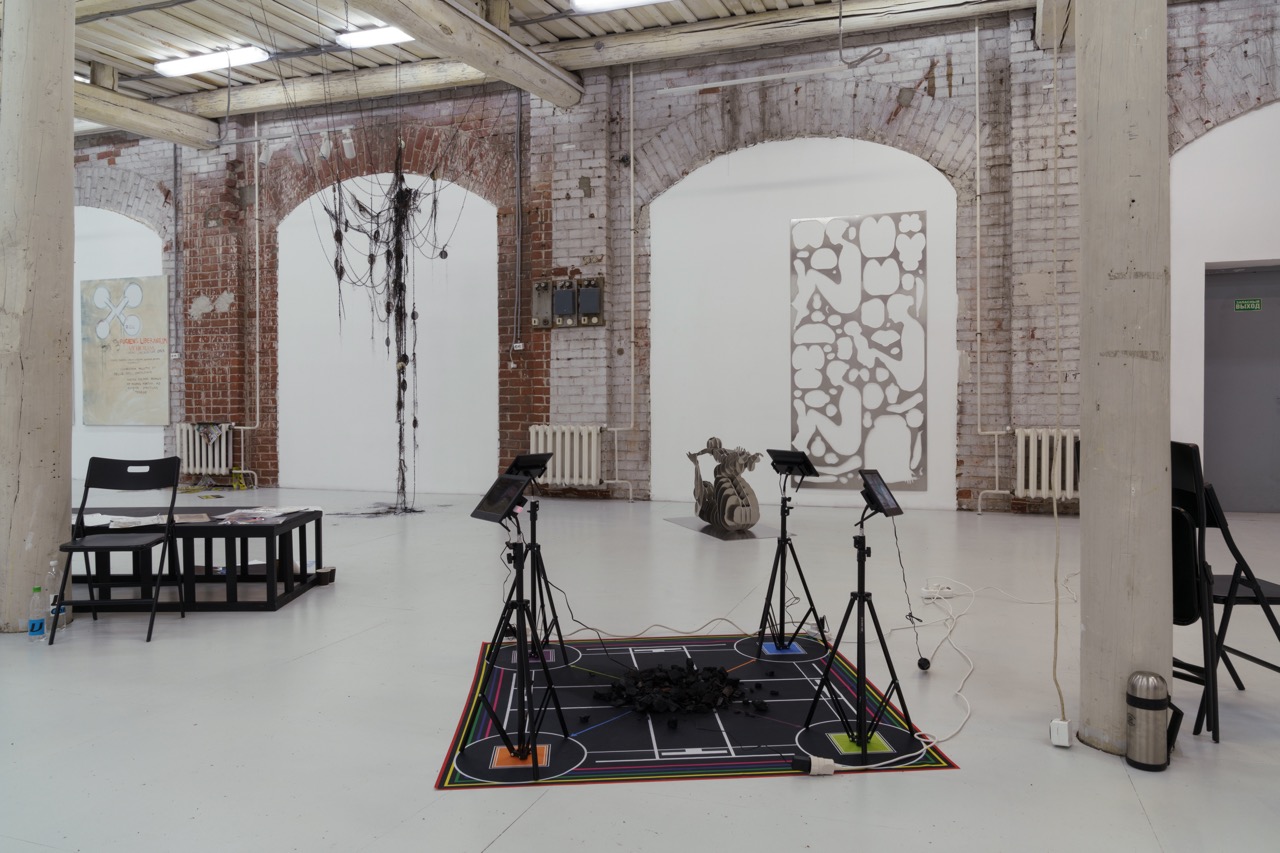
Exhibition view

Pavel Polshchikov, “Estimated waiting time is one Kalpa”, 2022

Pavel Polshchikov, “Estimated waiting time is one Kalpa”, 2022

Pavel Polshchikov, “Estimated waiting time is one Kalpa”, 2022

Pavel Polshchikov, “Estimated waiting time is one Kalpa”, 2022

Pavel Polshchikov, “Estimated waiting time is one Kalpa”, 2022

Pavel Polshchikov, “Estimated waiting time is one Kalpa”, 2022

Robert Khasanov, “Ловля”, 2004 / “Мотылёк”, 2004 / “Падший у ворот”, 2003

Robert Khasanov, “Ловля”, 2004 / “Мотылёк”, 2004 / “Падший у ворот”, 2003

Robert Khasanov, “Ловля”, 2004 / “Мотылёк”, 2004 / “Падший у ворот”, 2003

Robert Khasanov, “Ловля”, 2004 / “Мотылёк”, 2004 / “Падший у ворот”, 2003

Robert Khasanov, “Ловля”, 2004 / “Мотылёк”, 2004 / “Падший у ворот”, 2003

Exhibition view

Exhibition view

Miles Huston, “Mommy and Me”, 2022
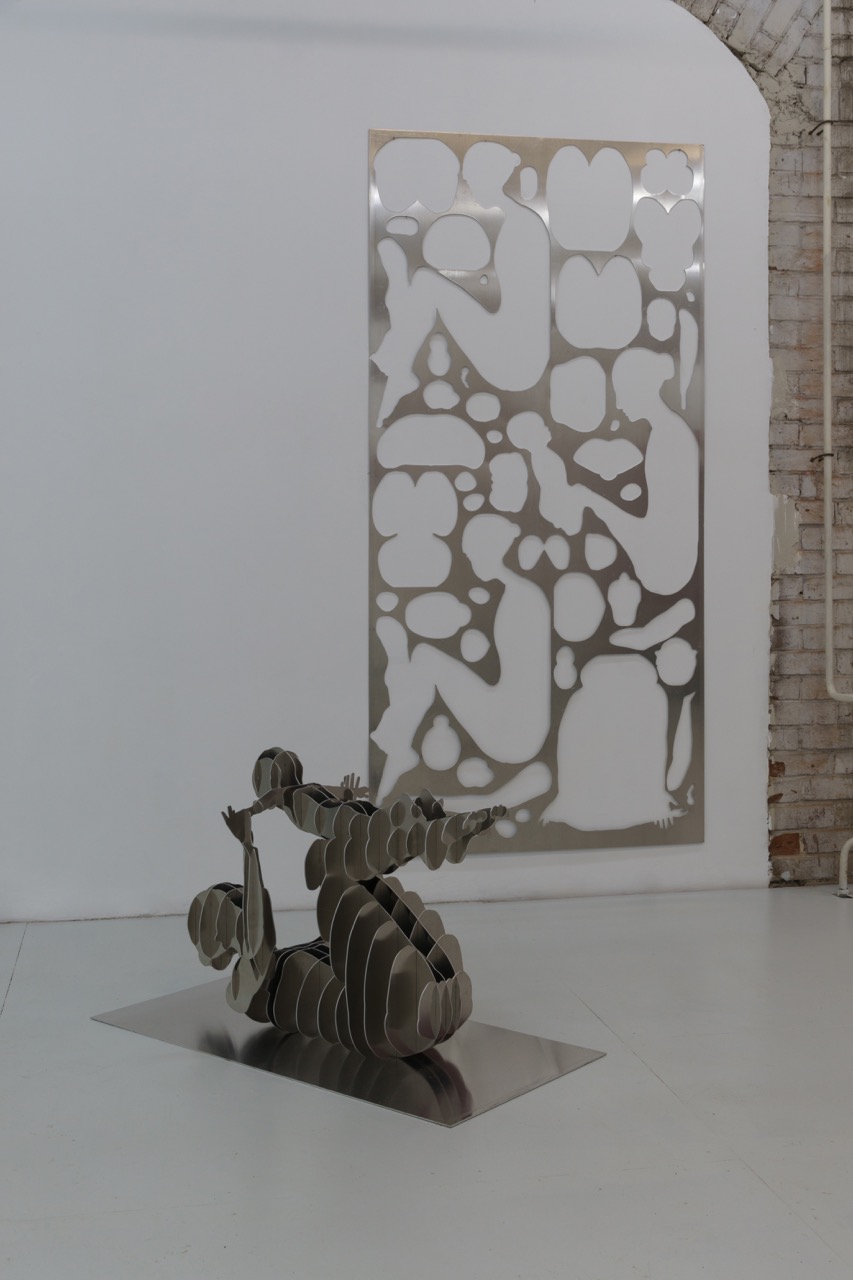
Miles Huston, “Mommy and Me”, 2022

Miles Huston, “Mommy and Me”, 2022

Miles Huston, “Mommy and Me”, 2022

Miles Huston, “Mommy and Me”, 2022

Miles Huston, “Mommy and Me”, 2022

Exhibition view

Exhibition view

Aurora Rodina, “supermarket NiNo”, 2022

Aurora Rodina, “supermarket NiNo”, 2022

Aurora Rodina, “supermarket NiNo”, 2022
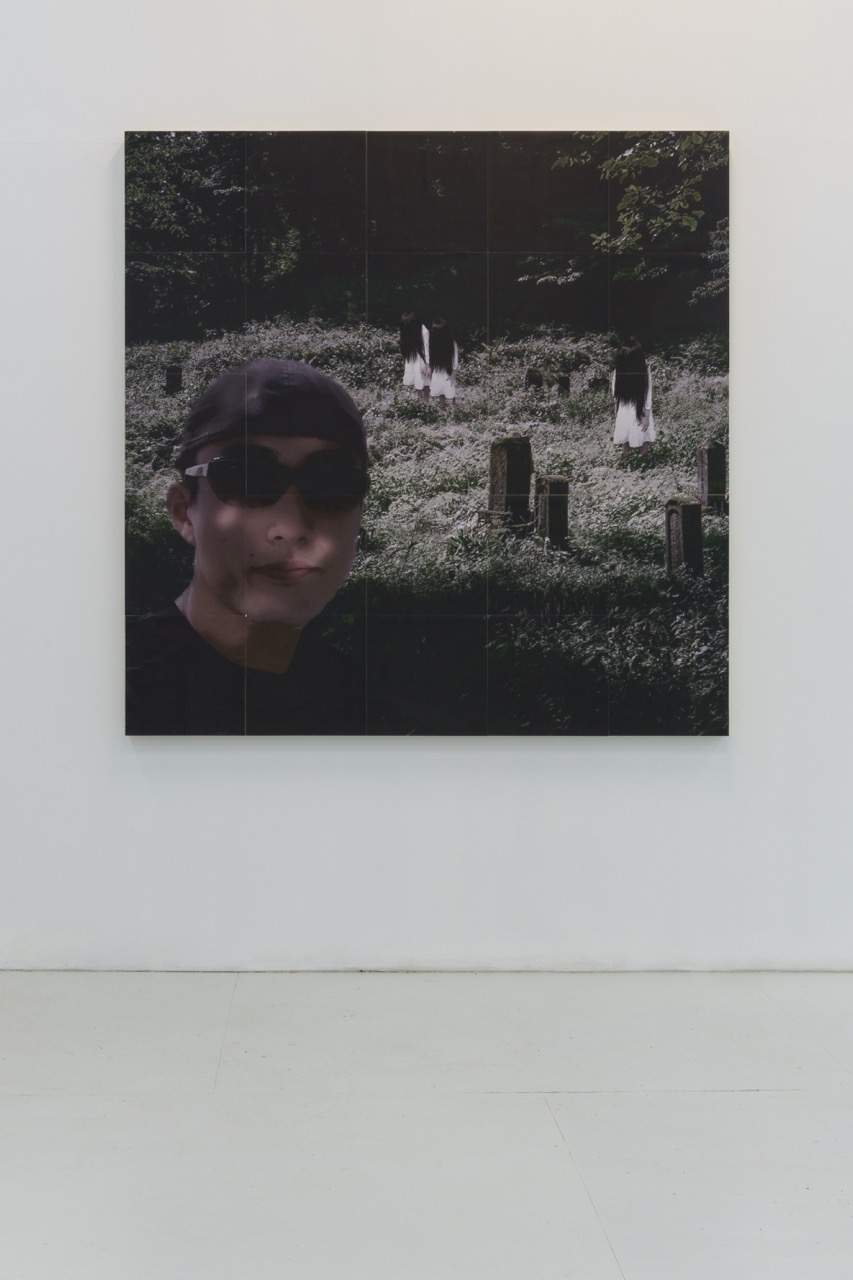
Taka Kono, “shadow ghoul (3)”, 2022

Taka Kono, “shadow ghoul (3)”, 2022

Taka Kono, “shadow ghoul (3)”, 2022

Exhibition view
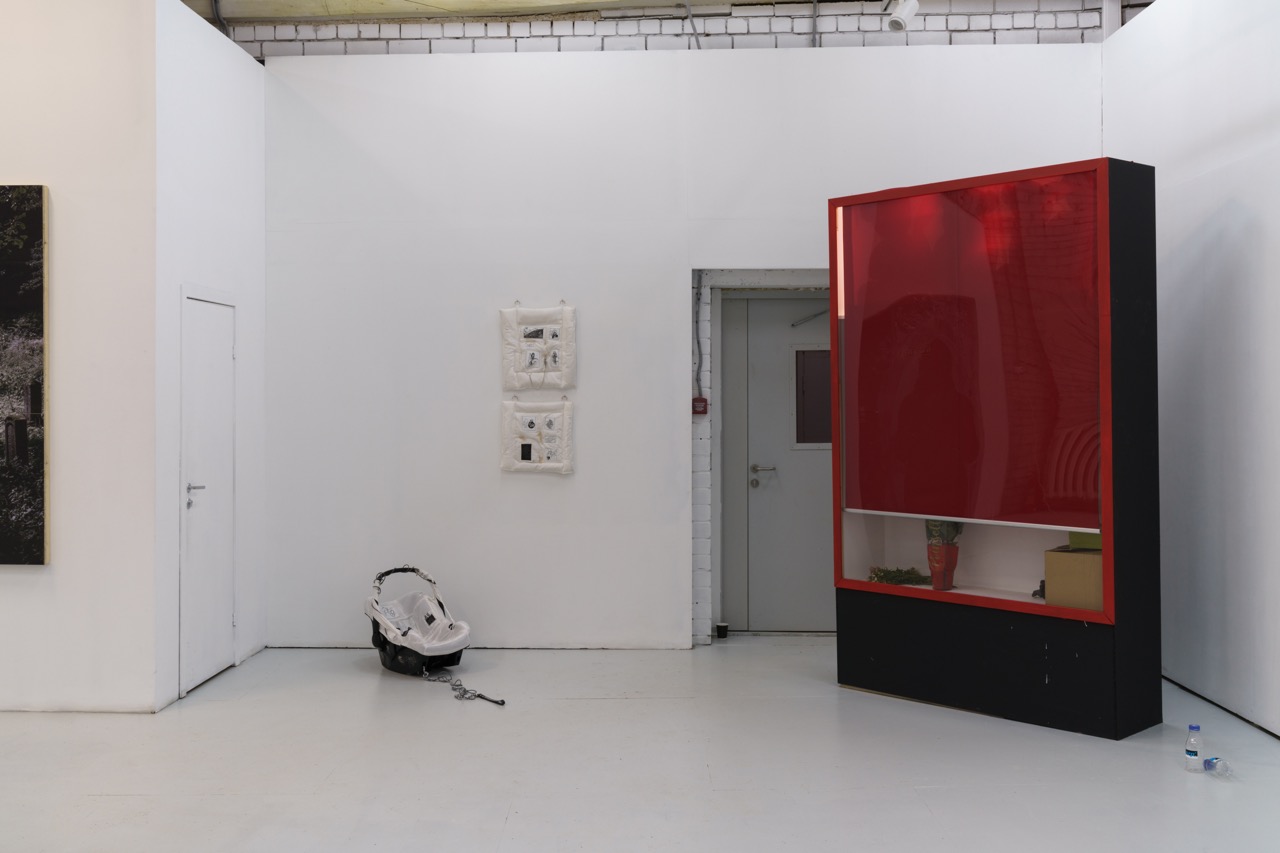
Exhibition view
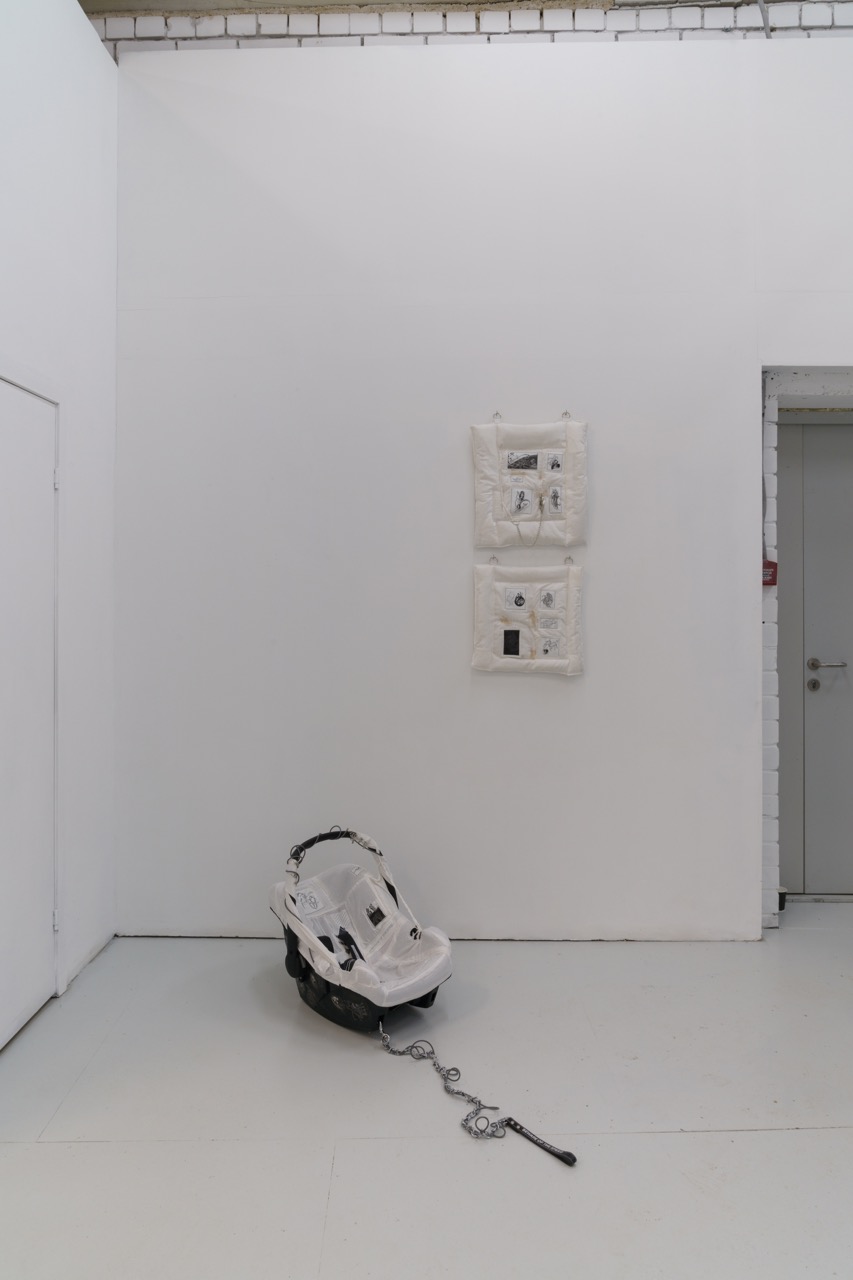
Exhibition view

Anna Soz, “Airbag 1”, 2022 / Airbag 2”, 2022

Anna Soz, “Airbag 1”, 2022 / Airbag 2”, 2022

Anna Soz, “Airbag 1”, 2022 / Airbag 2”, 2022

Anna Soz, “Airbag 1”, 2022 / Airbag 2”, 2022

Anna Soz, Cat’s cradle, 2022

Anna Soz, Cat’s cradle, 2022
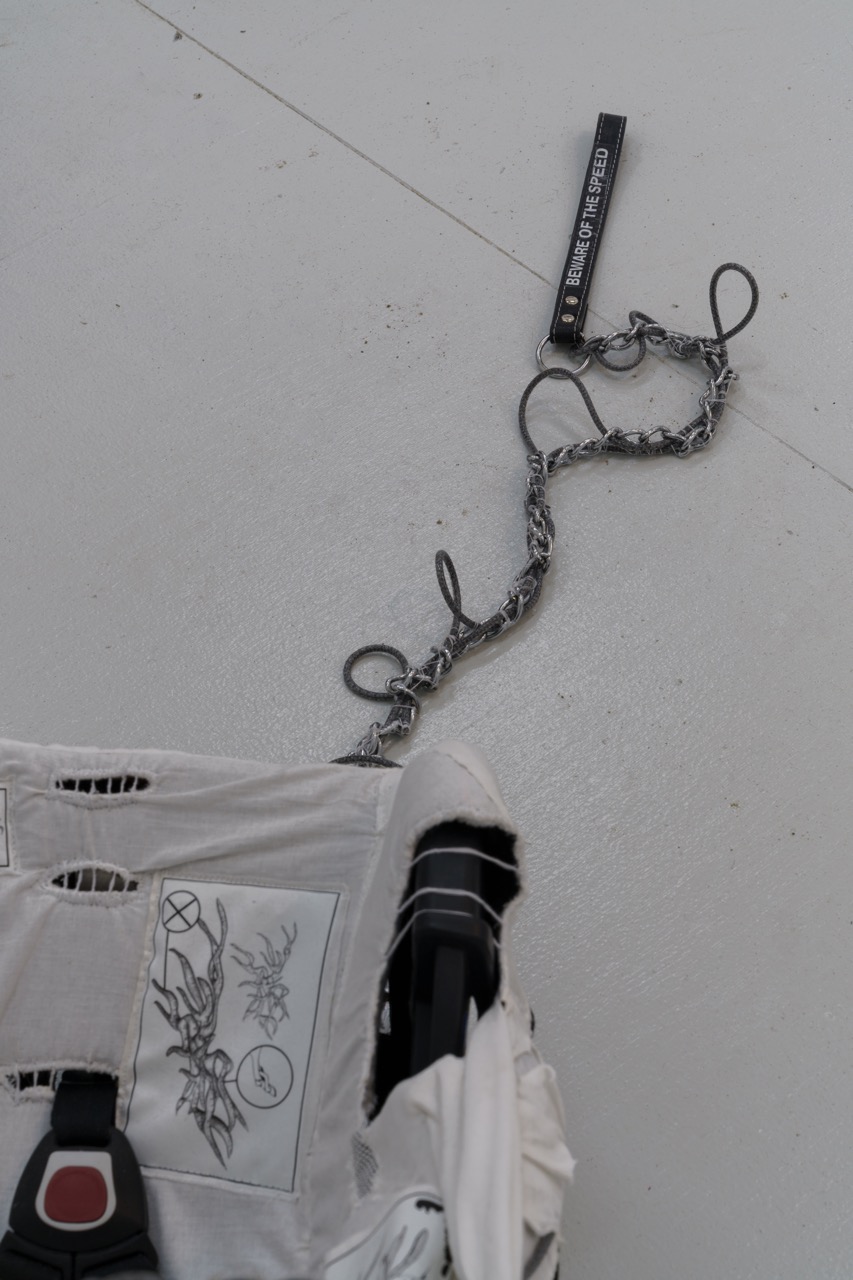
Anna Soz, “Cat’s cradle”, 2022

Anna Soz, “Cat’s cradle”, 2022

Anna Soz, “Cat’s cradle”, 2022

Arthur Golyakov, “Untitled”, 2022
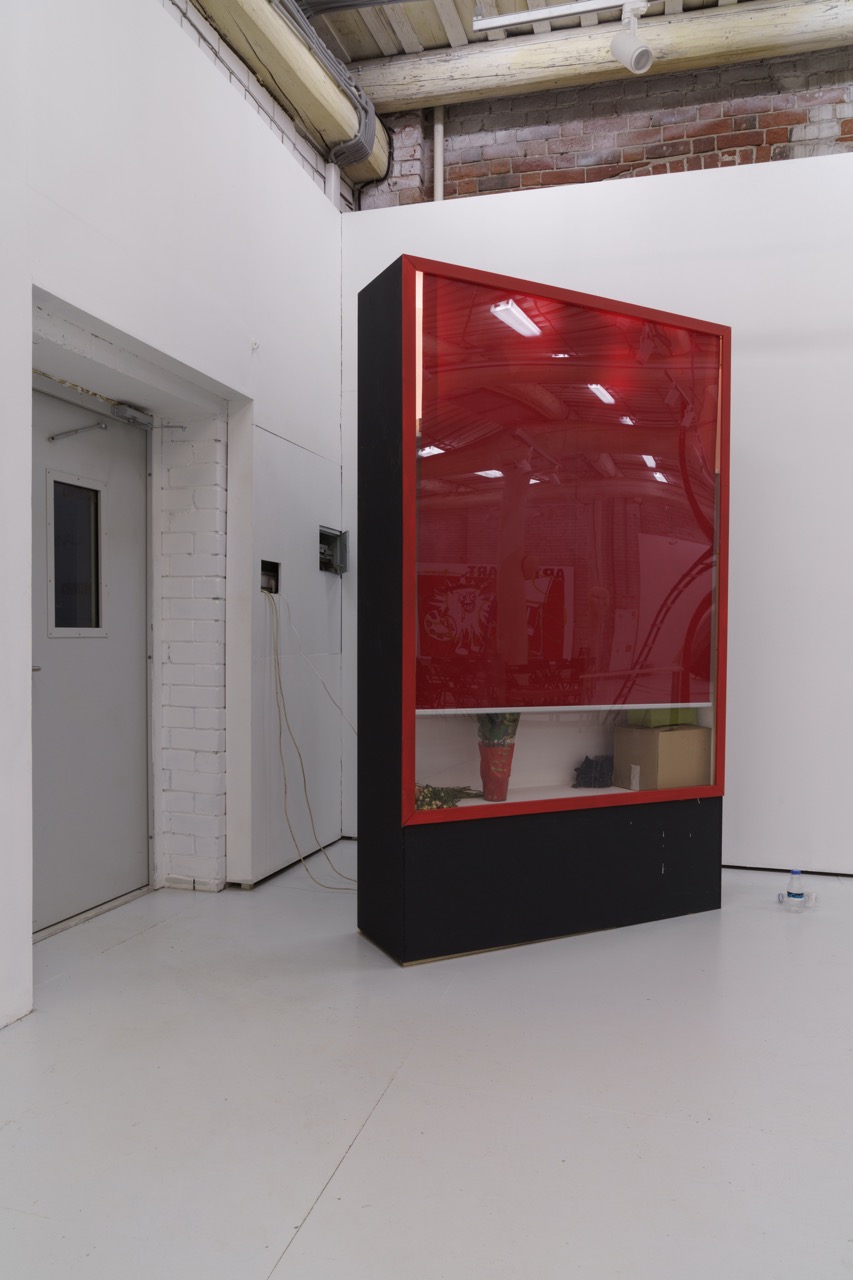
Arthur Golyakov, “Untitled”, 2022

Arthur Golyakov, “Untitled”, 2022

Arthur Golyakov, “Untitled”, 2022

Michael Bussell, “wild posting campaign #1”, 2022

Michael Bussell, “wild posting campaign #1”, 2022
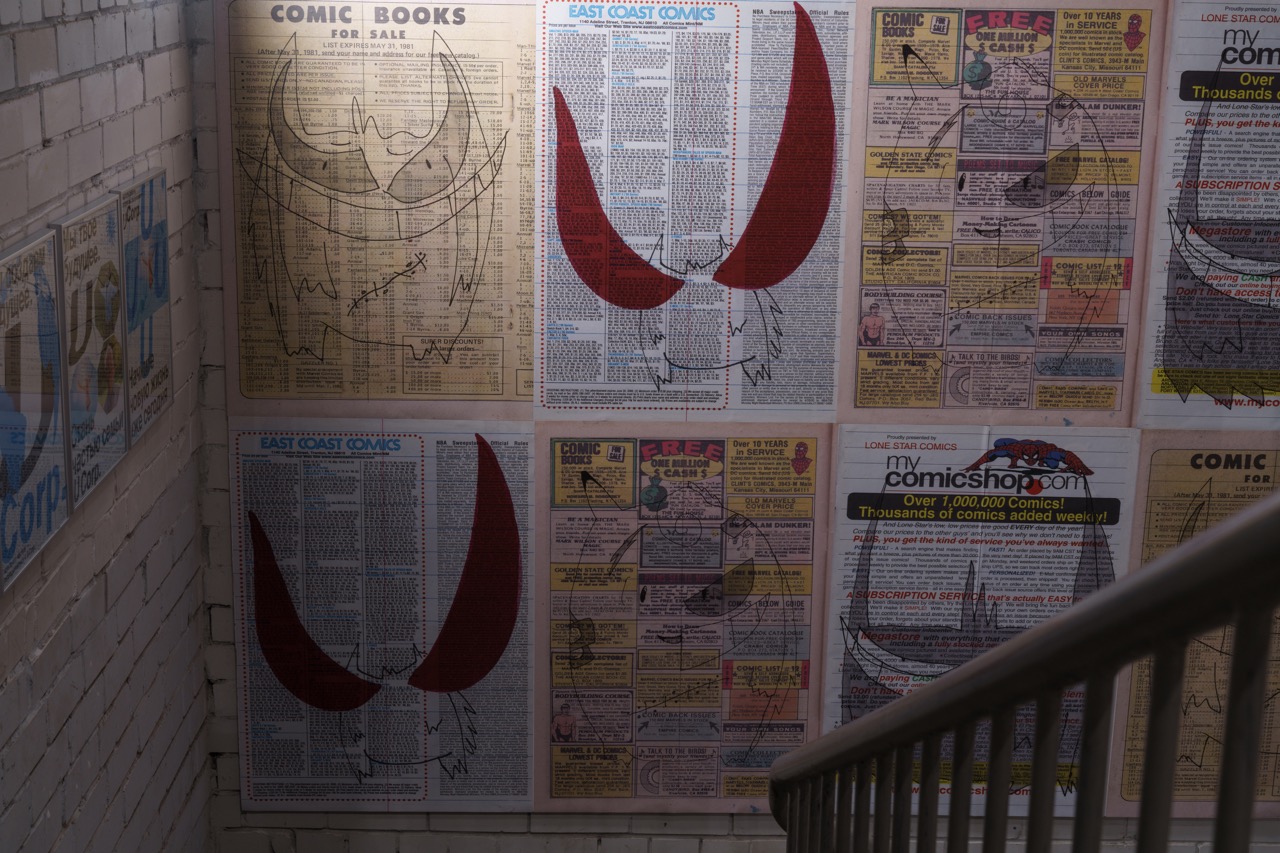
Michael Bussell, “wild posting campaign #1”, 2022

Michael Bussell, “wild posting campaign #1”, 2022